 SBC Surf photo editor Jeremy Koreski has made his mark on a profession in which it’s almost impossibly hard to make a name for yourself. Of the few notable Canadian surf photographers, Koreski is the most well known, and not only over in Canada.
SBC Surf photo editor Jeremy Koreski has made his mark on a profession in which it’s almost impossibly hard to make a name for yourself. Of the few notable Canadian surf photographers, Koreski is the most well known, and not only over in Canada.
Over the last few years, his work has caught the eyes of industry heavyweights, and his images have a lot to do with the recognition of Canada’s rugged coastline as a place with legitimate waves. His work has been featured in almost innumerable publications—most recently, Surfer Magazine picked up one of his photos for its May issue cover. But it’s not just still photography that he excels at—his partnership with Peter Devries for last year’s Innersection contest caused a considerable wave of appreciation, not only for the surfing, but for the cinematography and editing as well. In speaking with other Canadian professionals for The Northern Collective, they all mentioned Koreski with a certain amount of reverence, so I thought I’d get his take on how a small town kid from Tofino made it in a profession that so many struggle to break into. Photo: Sergio Villalba.
How did you start shooting surf?
I started shooting surfing along with skateboarding and snowboarding. Growing up in Tofino we spent a lot of time at the skatepark, the beach and at Mount Washington. There was a good crew of us, so our parents would drive us up to Mount Washington to snowboard on the weekends. That was when I was first getting into photography, and I was the one in the group bringing the camera along. So as everyone progressed with their riding, I progressed with my photography.
How long have you been shooting for?
Since I was in high school. 15 years.
When did you first start becoming interested in video?
I dove into video around 1998, when I shot and edited NUMB, and then again in 2002 with SHRINK. After those videos came out, I took a break from motion and focused on stills. It wasn’t until a couple years ago, when HD-DSLR technology improved, that I became excited to shoot motion. Now I’m loving it. It’s so much fun to be shooting stills and then with the press of a button be shooting HD motion.
You guys came so close to winning Innersection. Were you disappointed?
Hell no. To even be voted into the video in the first place, both Pete and I were psyched.
You guys got so much recognition for it. How much did it do for your career? Has anything changed?
The recognition from Innersection has been great. I think it’ll help in the future as we both move forward.
Photography is a pretty hard thing to make a living at. Was there a point in your life when you just said ‘screw it, I’m doing it,’ and focused on making it a career?
Fortunately for me the transition was easy, but it wasn’t overnight. For five years I worked as a whale watching guide in Tofino for six months of each year, so that I could concentrate on photography the rest of the time.

Photo by Sergio Villalba
Is it hard for you to shoot when the surf is really good?
For me the better the waves the more fun I have shooting them. I’ll never surf as well as the surfers I shoot, so just being in the water and enjoying my photography is what has helped me progress the most. The bottom line is that I have fun photographing surfing.
Why do you like shooting in cold water?
That’s what I experienced early on growing up, and I guess I just got used to the cold. In surfing photography, I’ve always looked up to and appreciated the water photographers more. Not only is it a cool perspective, but you’re often in the impact zone and it’s so much of a rush. It’s obviously more fun that standing on the beach with a 600mm lens. Anybody can do that. The Irish surf photographer Mickey Smith did an amazing job with The Dark Side of the Lens. If you haven’t seen it, check it out. For me, Mickey summed up what being a surfing photographer in cold water is all about.
What other photography do you do?
I photograph anything and everything.
For more of Koreski’s work, visit jeremykoreski.com.
Thanks to Malcolm Johnson at SBC Surf for his cooperation in reproducing these stories.








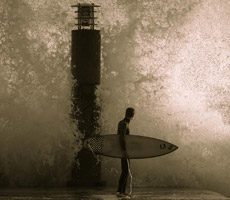
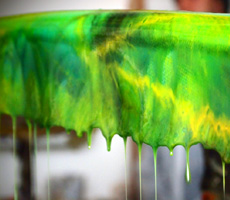
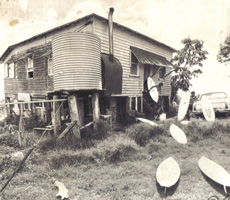
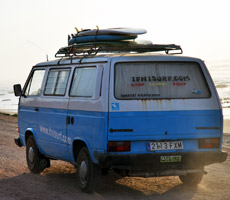

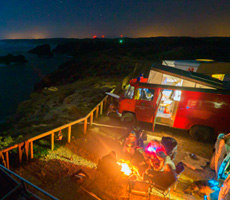

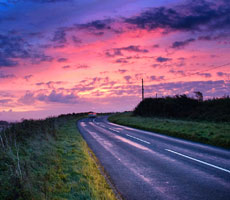
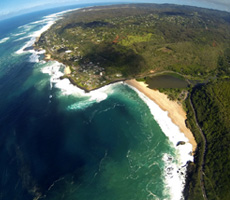
No Comments